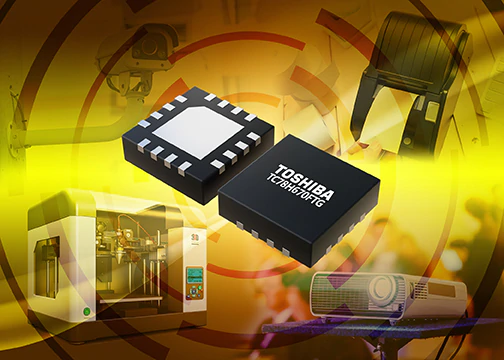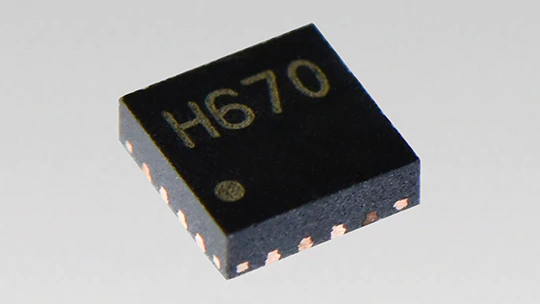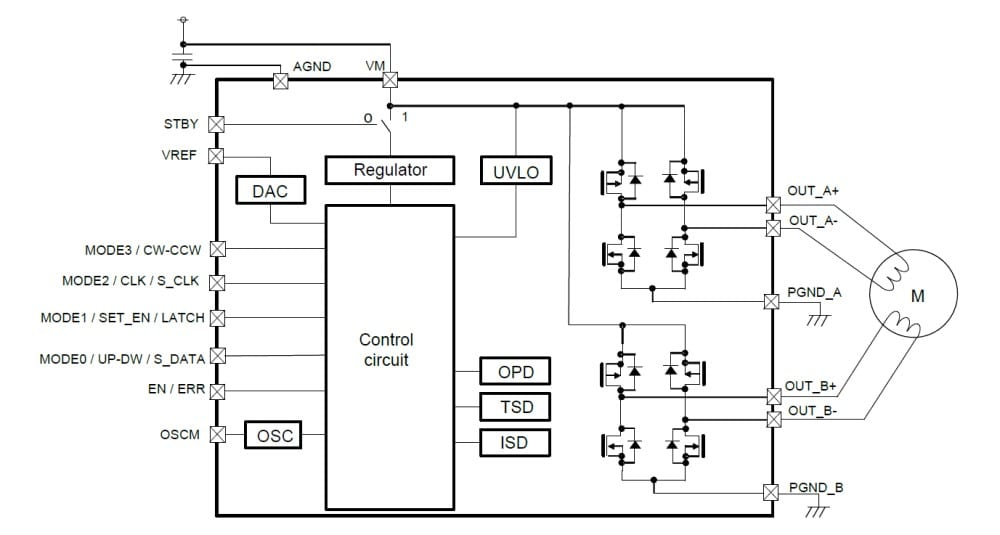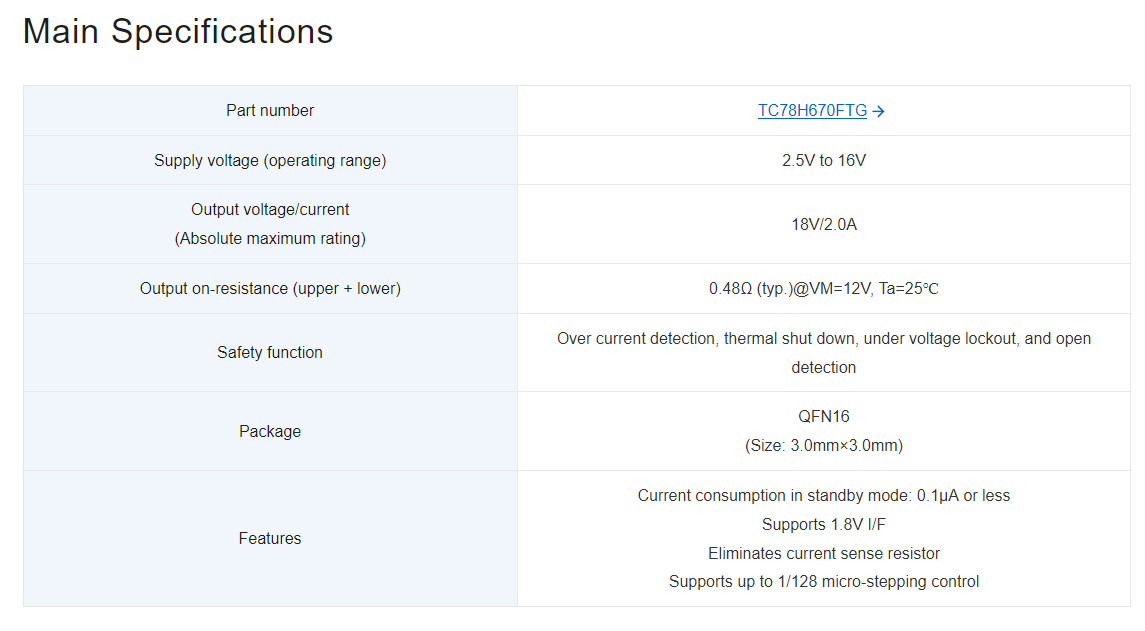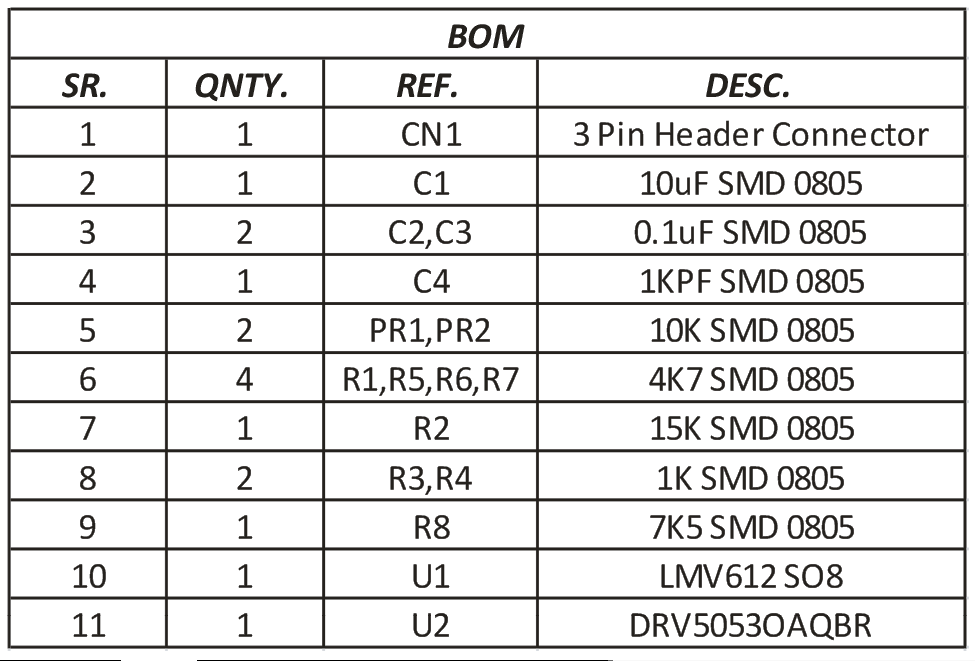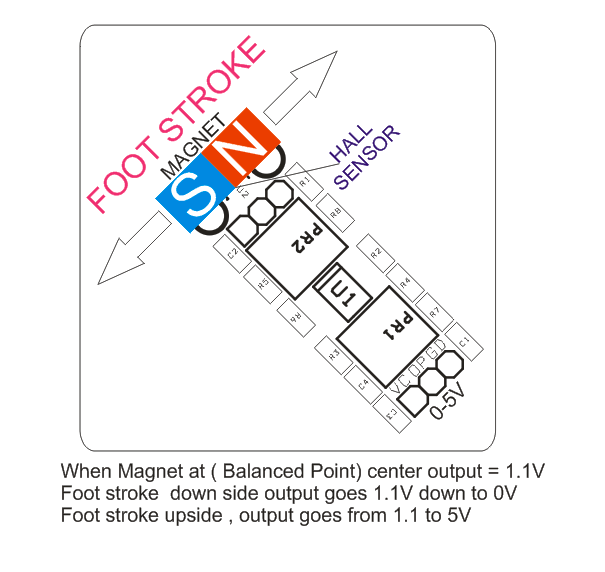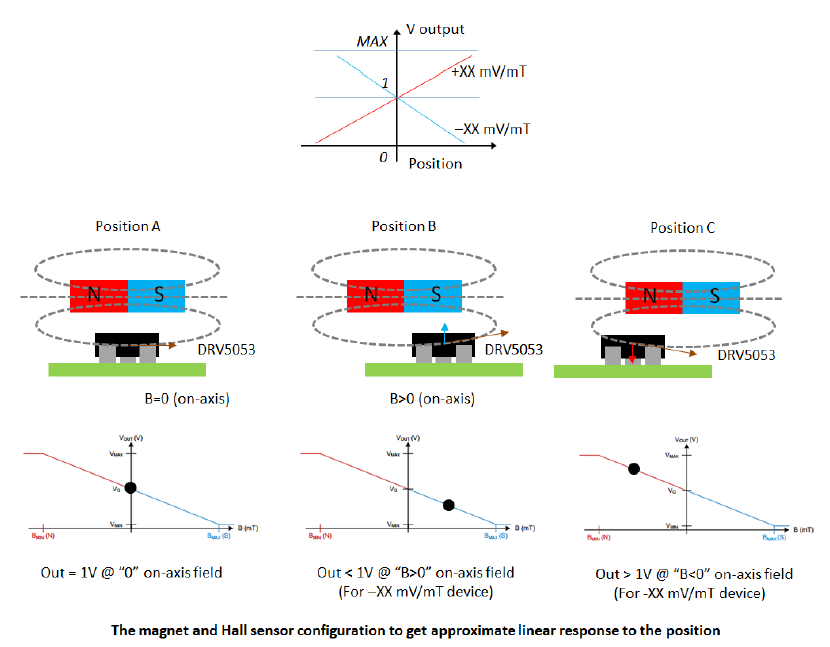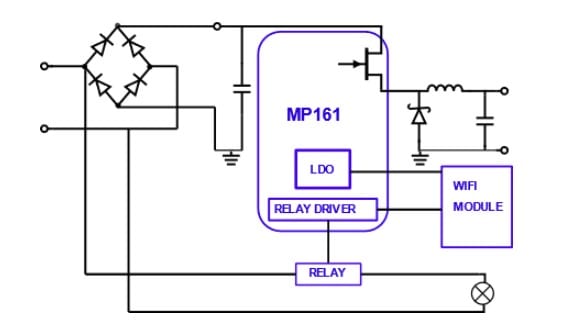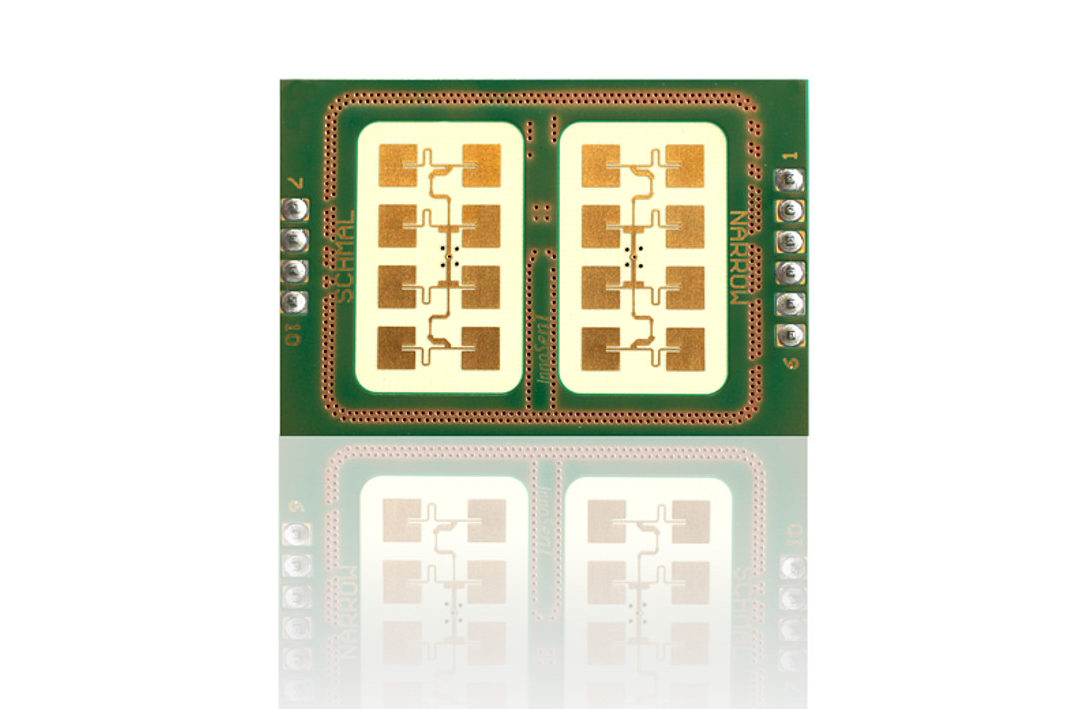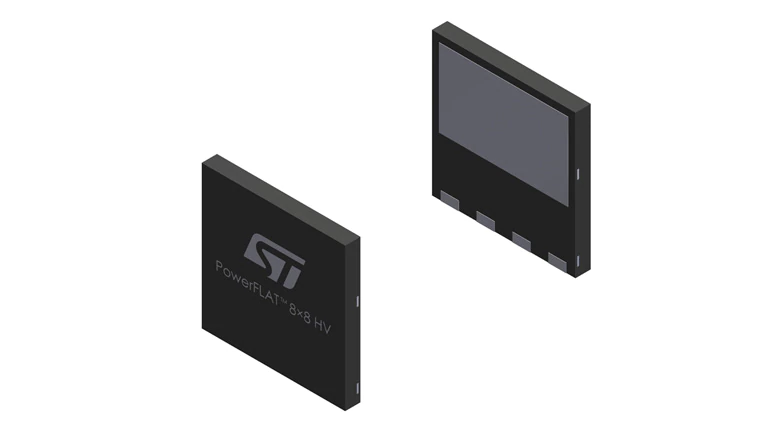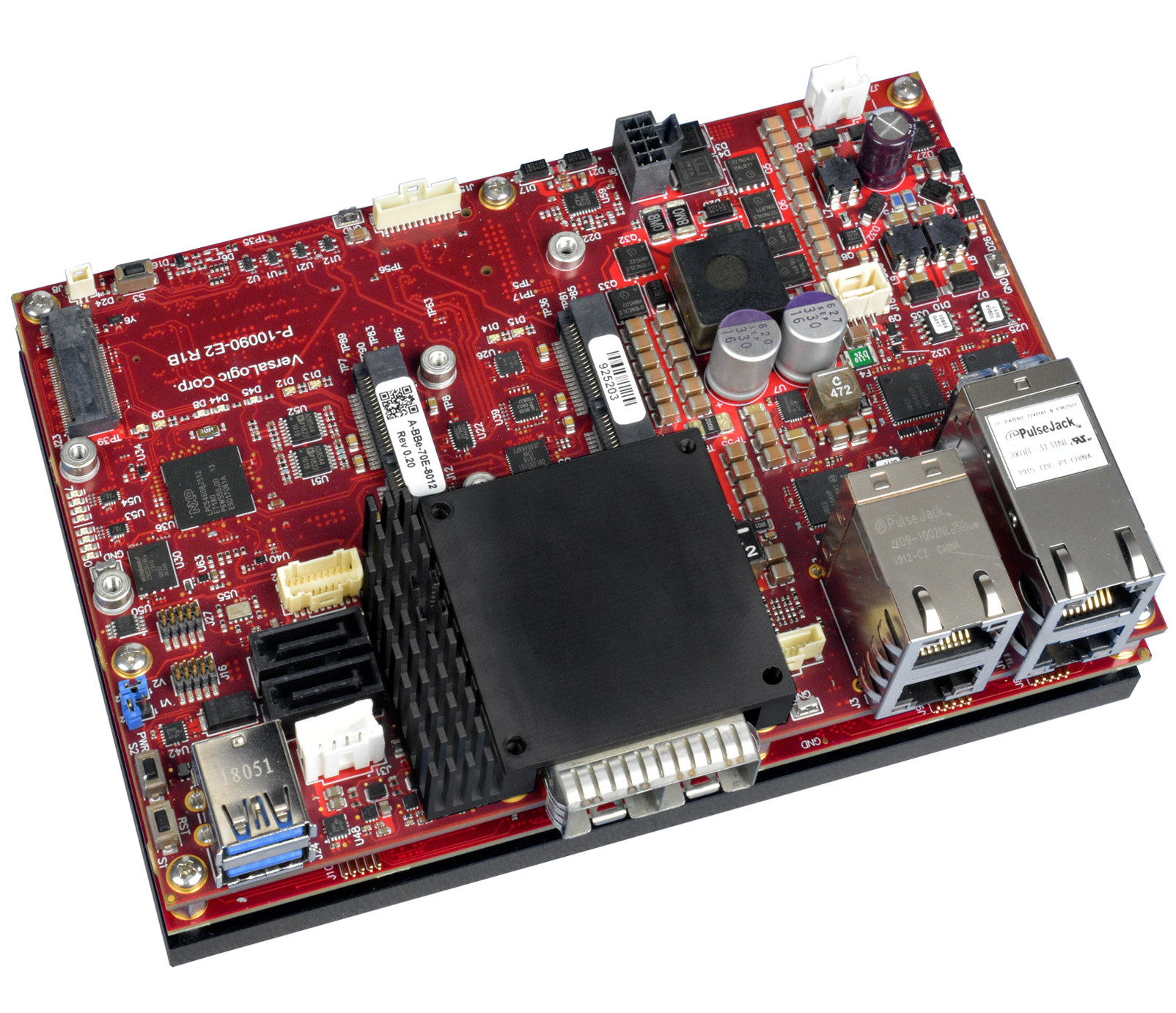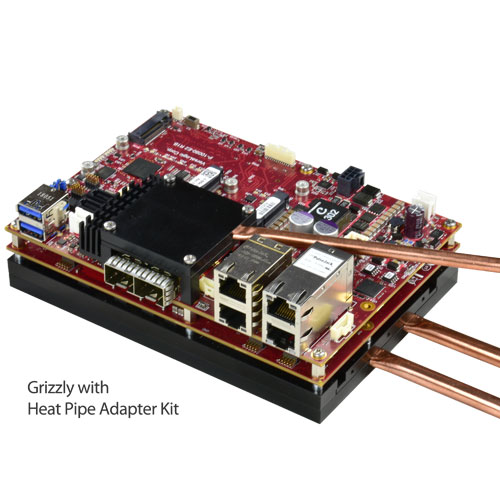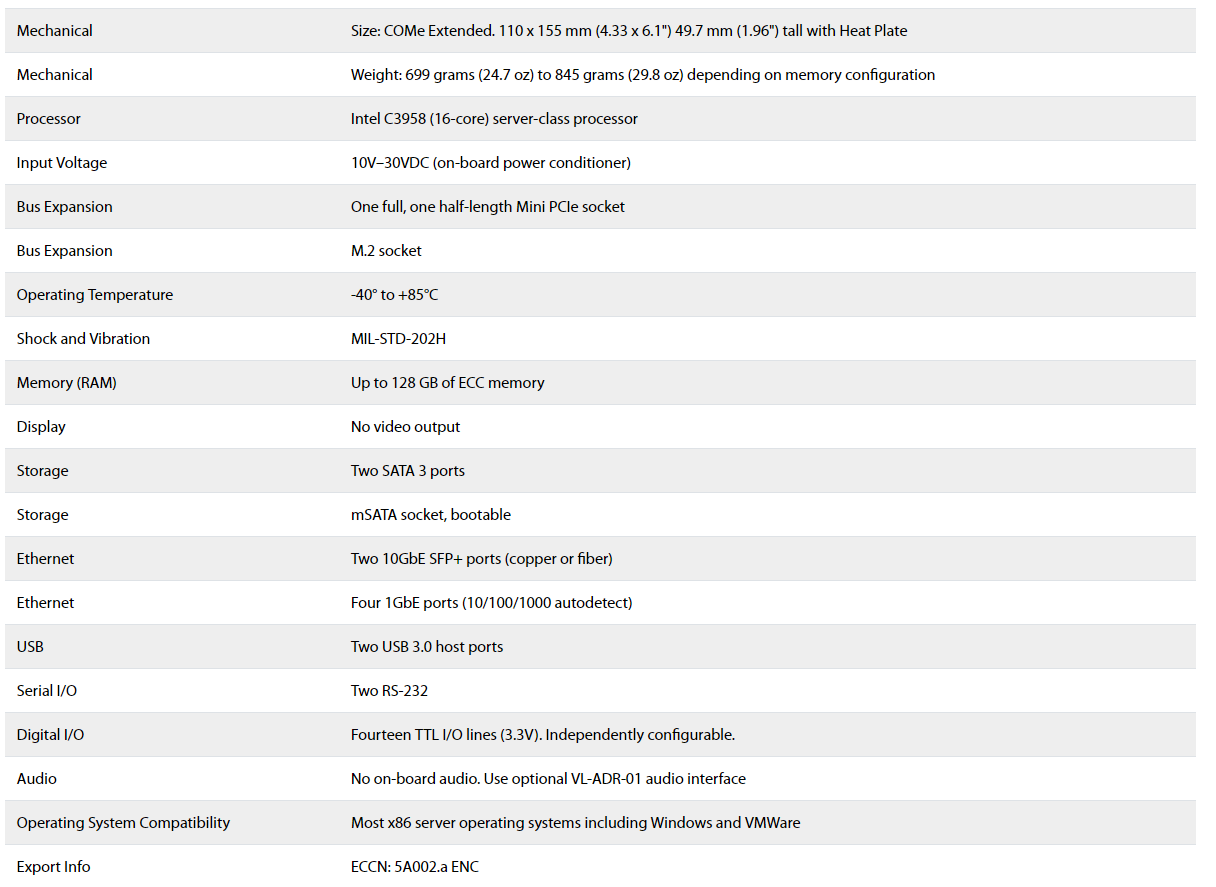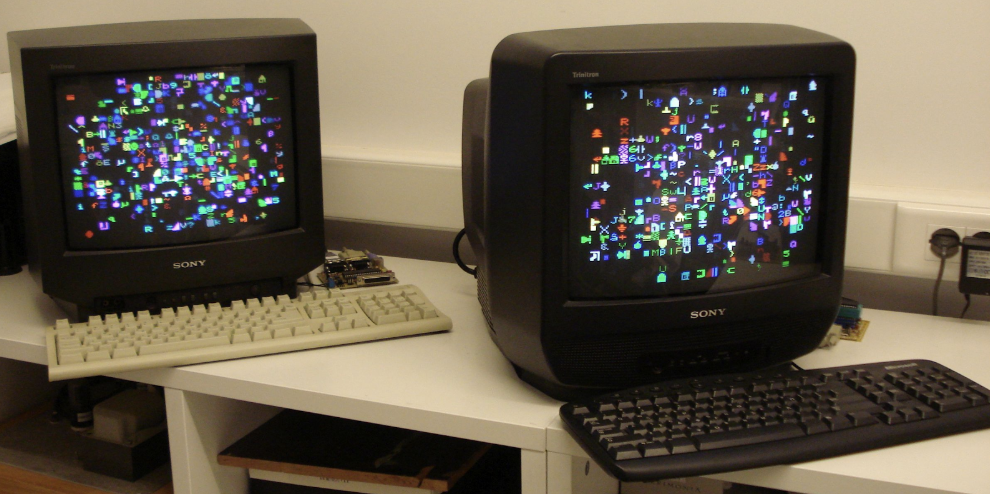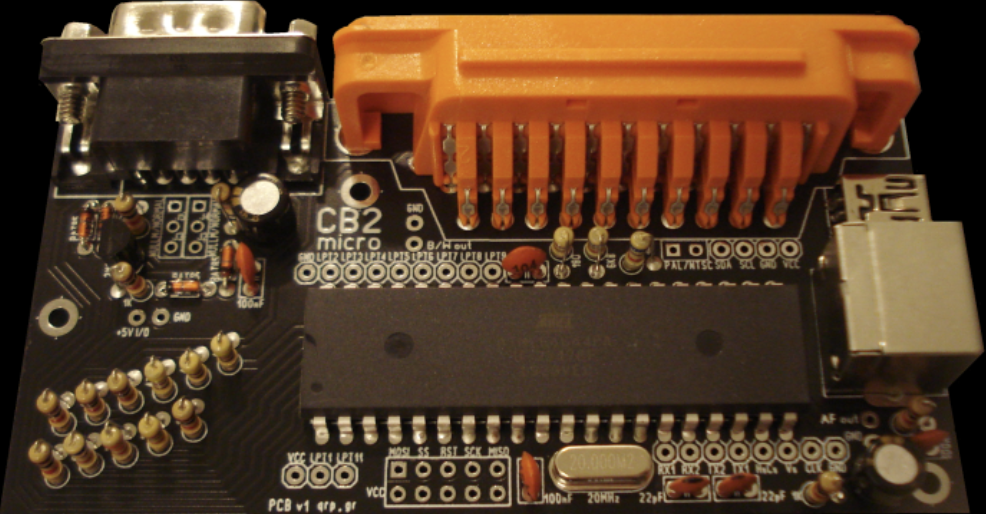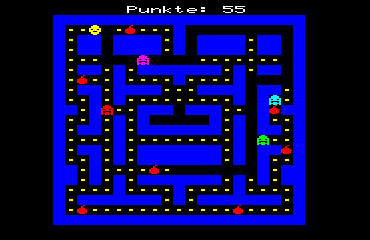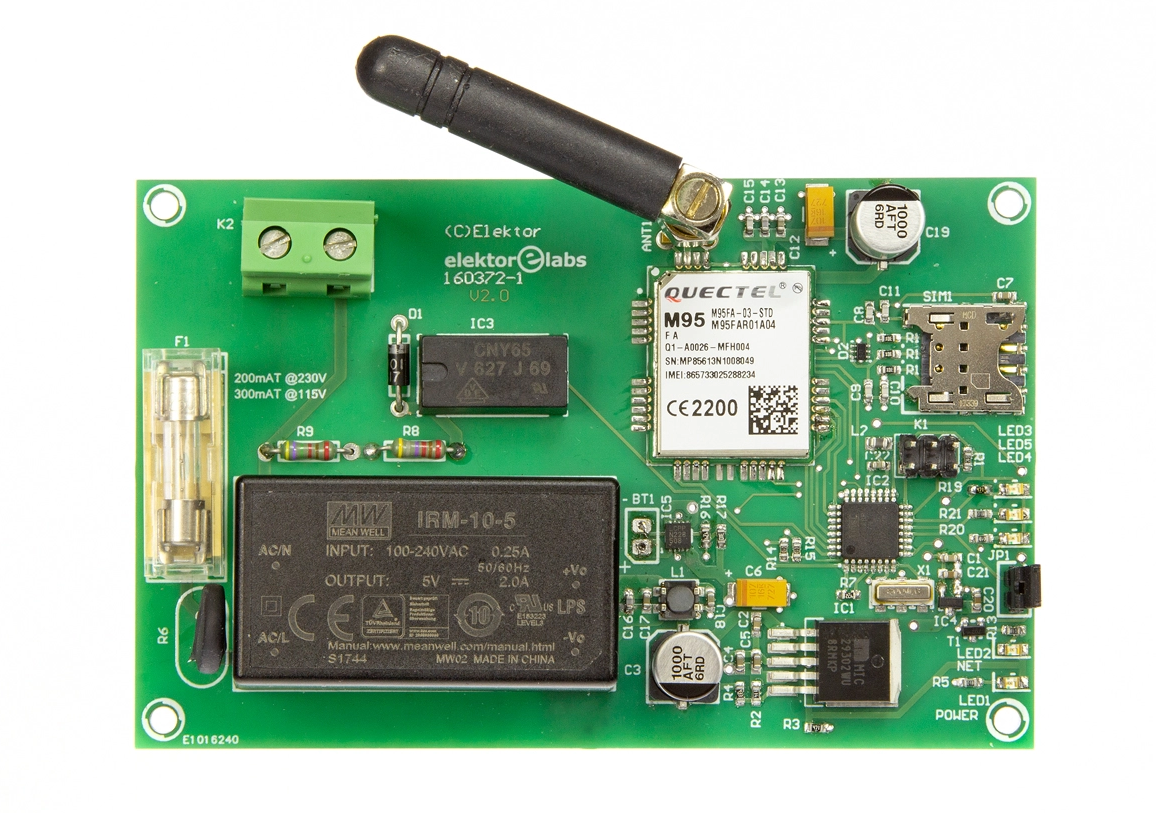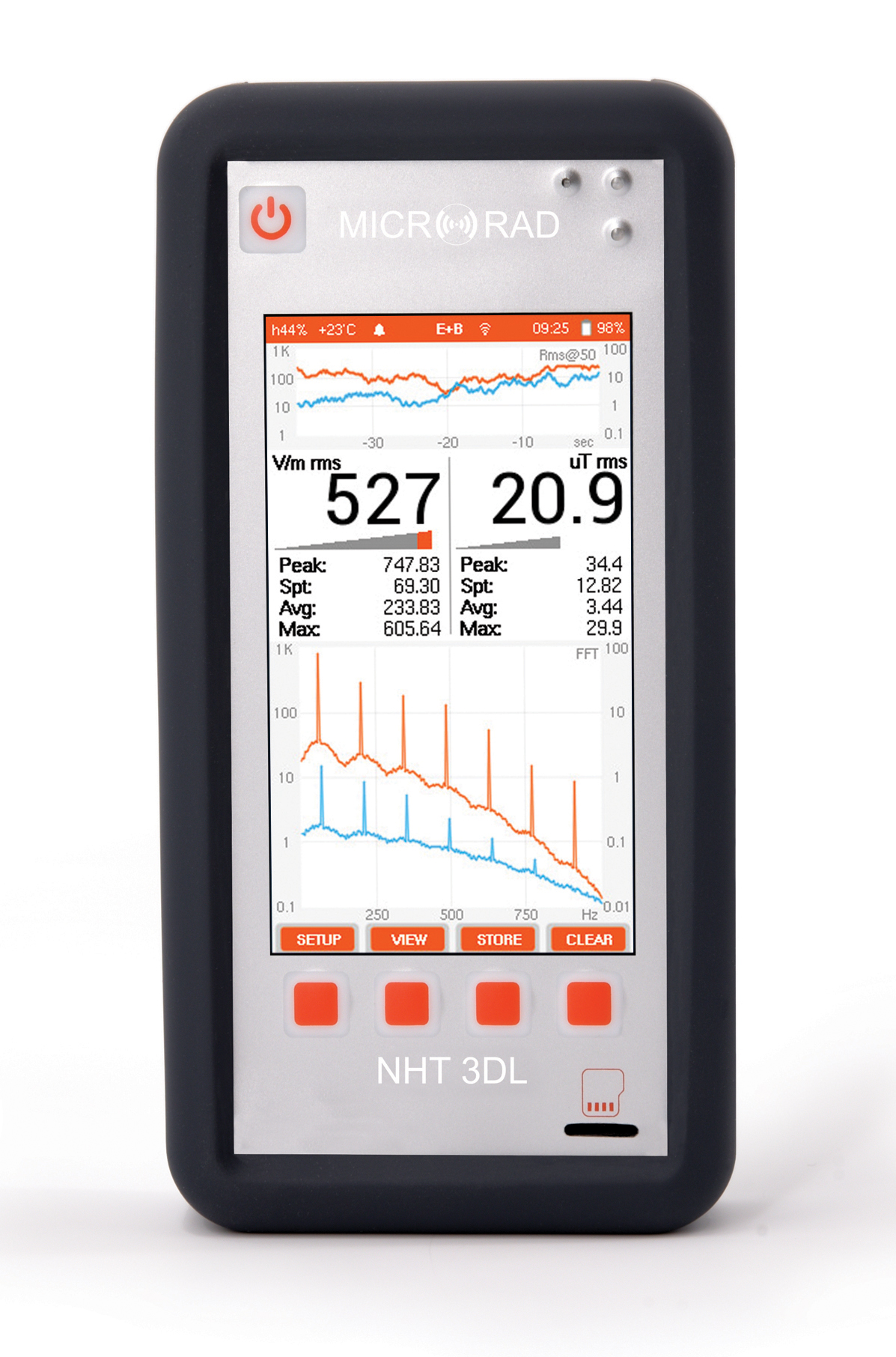Toshiba Electronics Europe GmbH has launched an additional device to its line-up of micro-stepping motor driver ICs. The new TC78H670FTG is a dual channel high resolution micro-stepping motor driver IC that is capable of driving motors with a wide range of operating voltages. The new device is intended for a broad variety of consumer applications including 3D printers, cameras, security cameras, portable printers, handheld scanners, pico-projectors and battery powered medical devices.
The IC can drive a micro-stepping motor of up to 128 steps and with a voltage ranging from 2.5 V to 16 V at currents of up to 2 A. The output on-resistance (RDS(ON)) is only 0.48Ω as the TC78H670FTG uses Toshiba’s latest CDMOS process, thereby reducing voltage loss and heat generation inside the driver. An ultra-low standby current of just 0.1 µA prolongs battery life and the ability to operate with a 1.8 V to 5.0 V interface allows connection to a wide variety of hosts and microcontrollers. As a result, the device is suited for use in USB powered and battery powered applications as well as with standard 9-12V system devices.
Summary of Features
- Built-in Dual H Bridges, Capable of controlling 1 bipolar stepping motor
- PWM controlled constant-current drive
- Power supply operating voltage: 2.5V to 16.0V
- Output current ratings: 2.0A (max)
- Low on-resistance (High + Low side = 0.48Ω (typ.)) MOSFET output stage
- Allows full, half, quarter, 1/8, 1/16, 1/32, 1/64, 1/128 step operation
- Built-in Sense resistor less current control architecture (Advanced Current Detection System)
- Multi error detect functions (Thermal shutdown (TSD), Over current (ISD), motor load open (OPD) and Under voltage lockout (UVLO))
- Error detection (TSD/ISD/OPD) flag output function
- Built-in VCC regulator for internal circuit
- Chopping frequency of a motor can be adjusted by external resistor
- Small QFN package with thermal pad (16-pin)
- Ultra-low standby current of 0.1mA
- Operates motors smoothly and quietly and reduces vibration; improved rotation angle accuracy achieved by micro-stepping control.
Internal Diagram
The micro-stepping control allows motors to be operated smoothly and quietly with reduced vibration and improved rotation angle accuracy. Safety features such as over current detection, thermal shut down and open-load detection are incorporated. The sophisticated motor driver is housed in a compact QFN16 package with a footprint of just 3 mm x 3 mm which, along with the elimination of the two bulky and expensive current sense resistors by incorporating on-chip current detection, contributes to significant cost and space saving in designs.
more information: toshiba.semicon-storage.com


